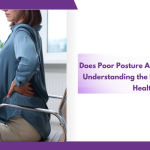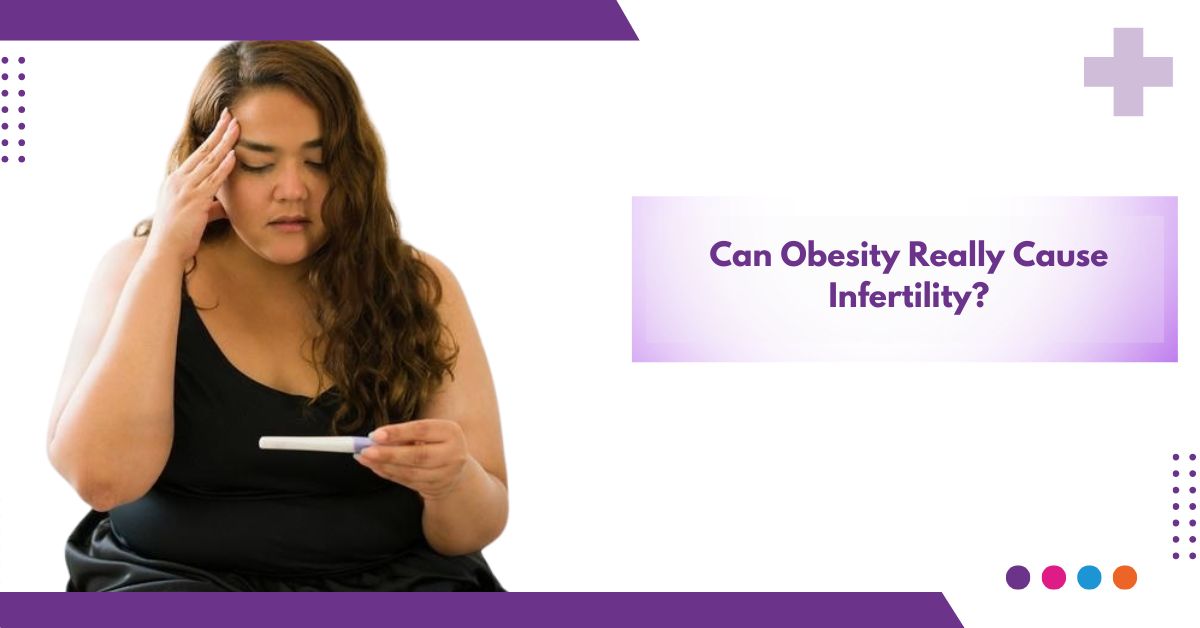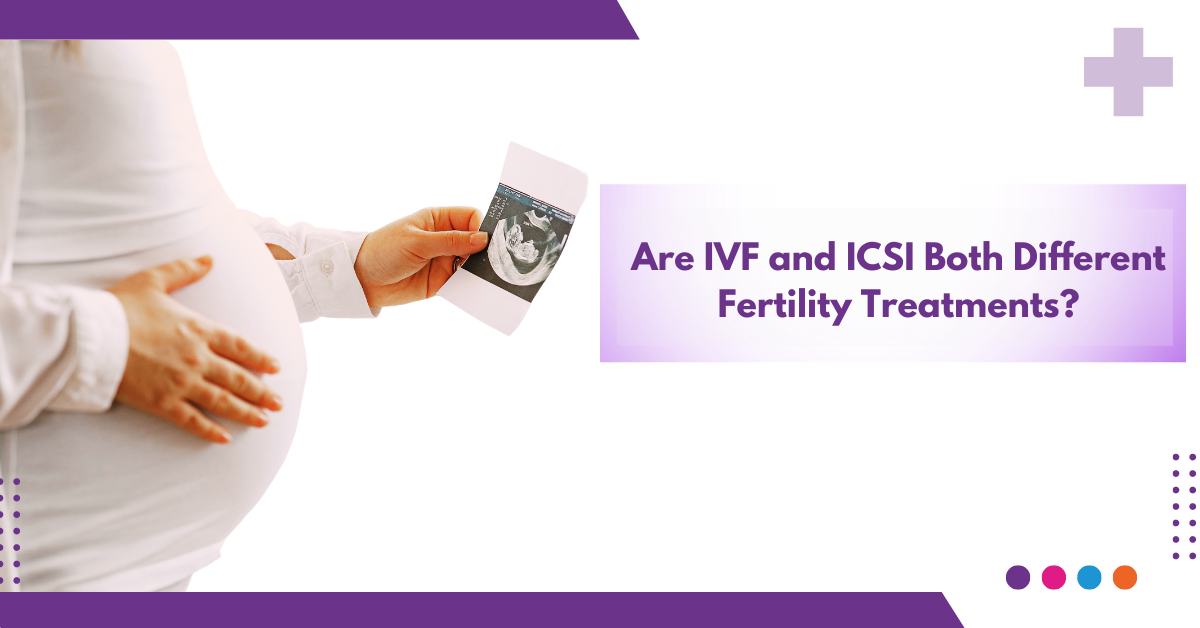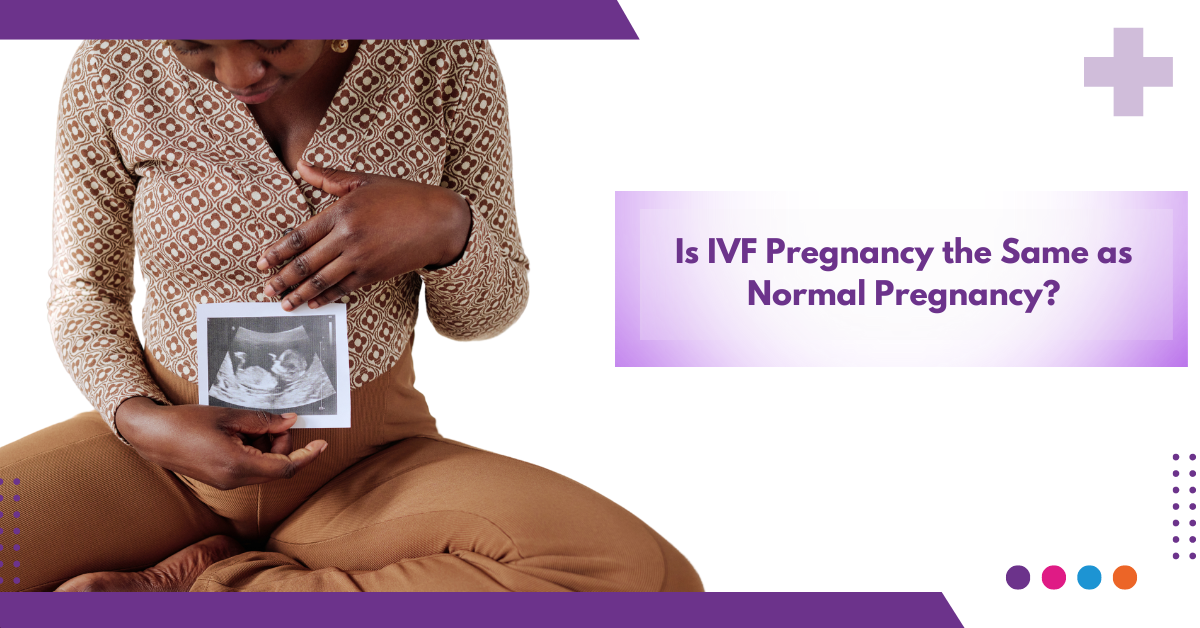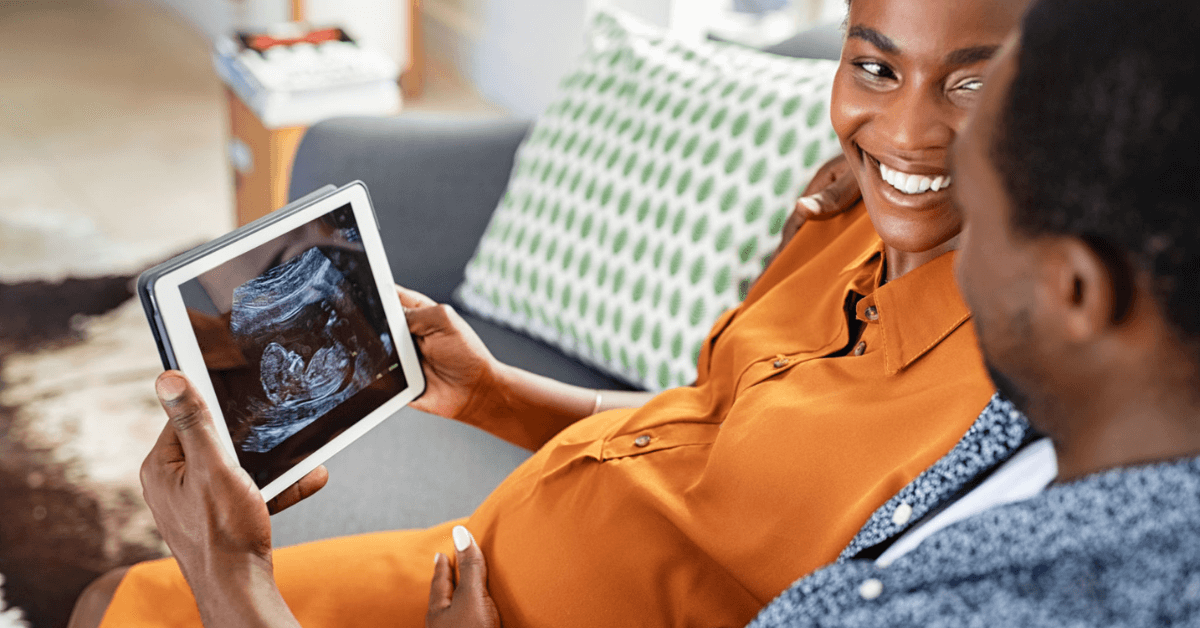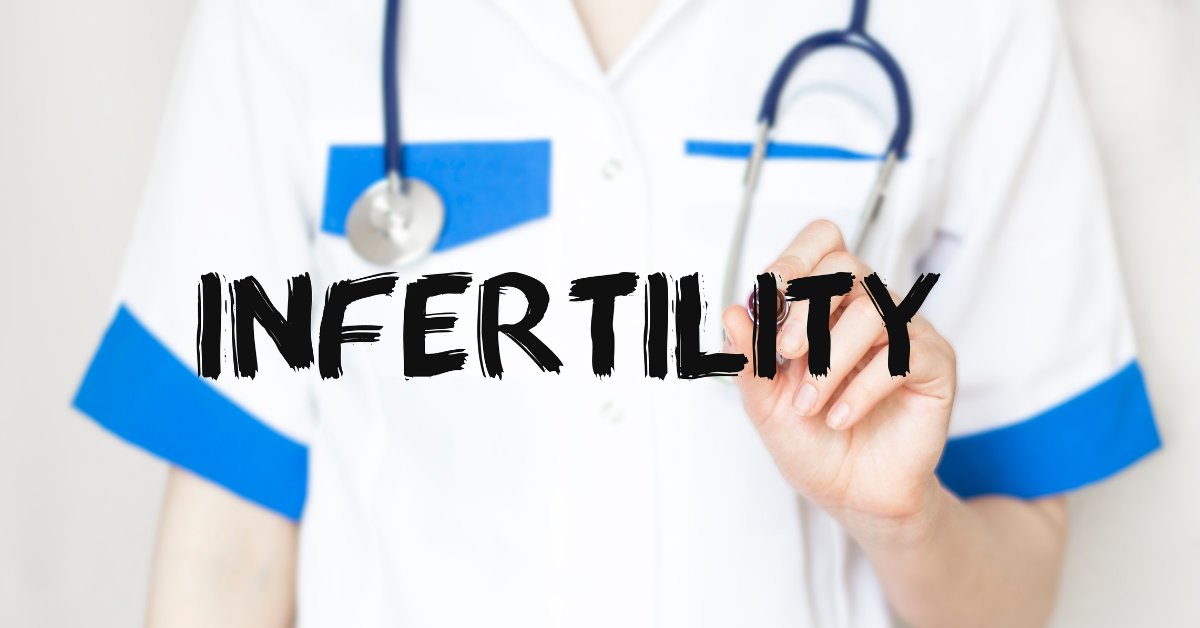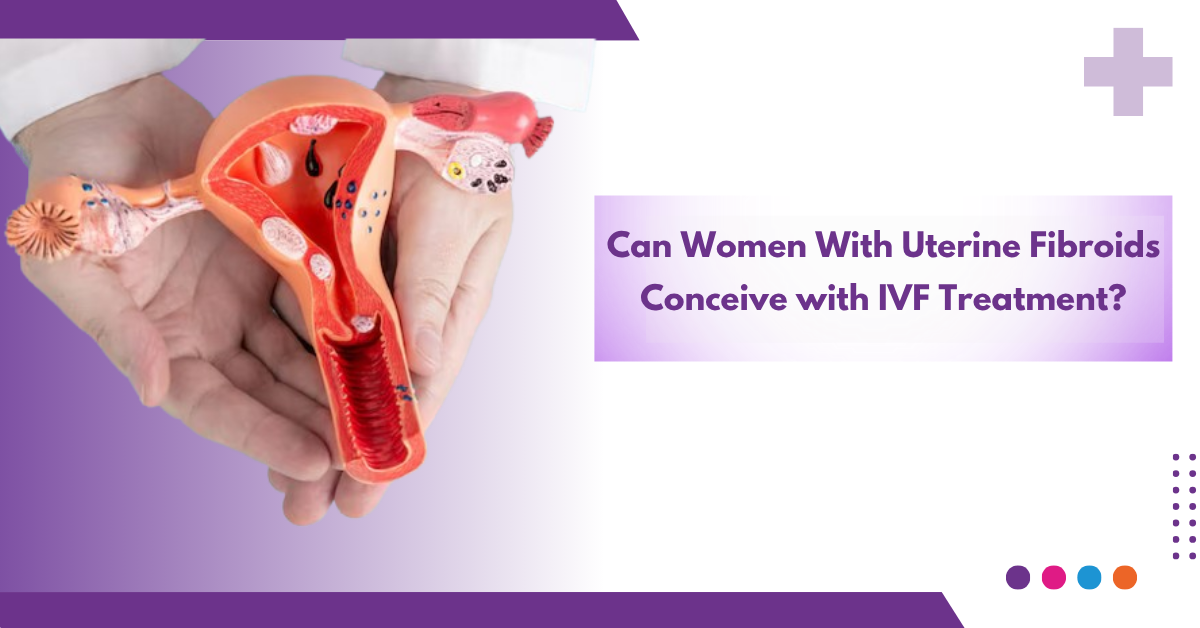
In most cases, without undergoing any medical treatment, women will get pregnant, but for others, certain underlying medical conditions, such as uterine fibroids, will complicate the conception. While these days women have sufficient knowledge of infertility and advanced reproductive technologies, and notably, several are choosing IVF (In Vitro Fertilization) as a possible solution. But how does IVF help women with uterine fibroids? Can they get pregnant despite this condition?
Further, this comprehensive guide will help you gain a deep understanding of uterine fibroids and fertility, and whether IVF can provide a viable path to pregnancy for women with fibroids.
What are uterine fibroids?
Uterine fibroids are also referred to as leiomyomas, which are non-cancerous tumors that typically develop in the uterus. This is quite common among women of reproductive age. According to the World Health Organization, every woman will likely have this, although the numbers and sizes may vary.
Typically, fibroids are categorized based on their location in the uterus. The common types of fibroids include:
- Submucosal fibroids: This develops just below the inner lining of the uterus and will protrude into the uterine cavity.
- Intramural fibroids: This grows within the muscular wall of the uterus.
- Subserosal fibroids: Grow outside the uterus.
- Pedunculated fibroids: Are attached to the uterus by a thin stalk.
In this, submucosal fibroids are associated with infertility because they distort the uterine cavity and disturb embryo implantation.
How do fibroids affect fertility?
Also, you need to understand that not all fibroids are linked with infertility. Notably, many women with fibroids naturally get pregnant and have a healthy pregnancy. Also, fibroids will result in pregnancy complications or infertility in the following ways:
- Blockage of the fallopian tubes: This will stop the sperm from reaching the egg.
- Distortion of the uterus: This makes proper embryo implantation quite challenging.
- Changes in blood flow: Disturbing the uterine lining and implantation.
- High chances of miscarriage: Notably, with submucosal fibroids.
- Disruption in hormone levels: Affecting the ovulation and menstrual cycles.
Whenever experiencing these issues, you should reach out to the best gynaecology hospital in Coimbatore to stay away from infertility.
What size of uterine fibroids will cause infertility?
You need to understand that there is a connection between uterine fibroids and fertility, but not only do fibroids determine their impact on fertility, but location matters just as much. However, fibroids larger than 5 centimeters, that is, nearly the size of a lemon, are notably, if they are submucosal, which grow into the uterine cavity, more likely to affect conception. These can distort the shape of the uterus, hinder embryo implantation, or even increase the risk of miscarriage.
Intramural fibroids in the uterine wall, more than 4 to 5 cm, will reduce fertility, notably if they disturb the uterine lining. On the flip side, subserosal fibroids on the outer surface of the uterus very rarely disturb the pregnancy, even when large, unless they press on nearby productive organs.
Simply, if you are planning to conceive with uterine fibroids, a fertility doctor will suggest imaging tests to evaluate their size and location. At times, removing problematic fibroids can greatly improve your chances of pregnancy. Simply, fibroids and IVF pregnancy are possible with proper care and treatment.
Can IVF help women with uterine fibroids?
Of course, fibroids and IVF pregnancy are possible, notably when no other methods are helping women. Also, several factors will play a huge role in deciding the success of fibroids and IVF pregnancy, like:
- The type, size, and location of fibroids.
- Women’s age, ovarian reserve, and general health.
How does IVF work?
In Vitro Fertilization is one of the assisted reproductive technologies (ART) where an egg is fertilized by sperm outside the body, and the resulting embryo is implanted into the uterus. The common steps include:
- Ovarian stimulation: Hormonal injections trigger the ovaries to produce several eggs.
- Egg retrieval: Later, mature eggs will be collected from the ovaries.
- Fertilization: Both sperm and egg will be fused outside the uterus in the lab.
- Embryo culture: Further, eggs will be grown in the laboratory for a couple of days.
- Embryo transfer: Lastly, a healthy embryo will be transferred into the woman’s uterus.
If the uterine structure and lining remain healthy, there are more chances for conception.
Is IVF success with fibroids possible?
A few studies have highlighted that a type of fibroid, mainly submucosal fibroids, is associated with a connection to lowering IVF success with fibroids. These fibroids can interfere with embryo implantation and increase the risk of miscarriage.
On the other hand, tiny intramural or subserosal fibroids that don’t distort the uterine cavity will have little to no impact on IVF outcome. Further, a few studies have highlighted that:
- Submucosal fibroids reduce the success rates of IVF by up to 70%.
- Intramural fibroids that distort the cavity will also reduce the implantation and pregnancy rates.
- Typically, subserosal fibroids won’t disturb the IVF outcomes.
So, before undergoing IVF, it’s crucial to get a detailed assessment of fibroids.
What are the tests I should take before choosing IVF?
Typically, before recommending IVF, a fertility specialist will perform the following tests to evaluate the presence and impact of fibroids:
- Ultrasound (transvaginal and abdominal): To assess fibroid size and location.
- Saline infusion sonography (SIS): Offers a cleaner image of the uterine cavity.
- MRI: Provides a detailed image of the uterus and fibroid position.
- Hysteroscopy: A minimally invasive procedure to directly view the inside of the uterus.
In case fibroids seem to disturb your uterus, your healthcare provider will recommend a treatment before proceeding with IVF.
What treatments should one undergo before IVF?
In case fibroids are stopping the IVF success rates, treating them beforehand enhances the IVF success with fibroids. Further, let’s see some common treatment approaches:
-
Myomectomy:
This is a surgical method to remove fibroids while preserving the uterus. It is done through:
- Hysteroscopic myomectomy (for submucosal fibroids)
- Laparoscopic myomectomy (minimally invasive for tiny fibroids)
- Open myomectomy (for large or multiple fibroids)
Typically, post-surgery, doctors will advise you to wait for at least 3 to 6 months before attempting IVF.
-
Uterine artery embolization (UAE):
This is a non-invasive procedure where the blood supply to the fibroids will be restricted, and they will shrink. Also, doctors won’t recommend this method for women who want to get pregnant, as it may affect the uterine lining and fertility.
-
Medications:
A few hormonal therapies will shrink fibroids and IVF pregnancy becomes possible. At times, these are used before surgery or IVF to reduce fibroid size.
Is IVF mandatory for women with fibroids?
In case those fibroids are small and not really causing any significant symptoms or uterine distortion, several women can conceive with uterine fibroids, naturally or with less invasive fertility treatments such as IUI (Intrauterine Insemination).
Fertility specialists will recommend IVF when:
- There are more fertility problems, like blocked tubes or low sperm count.
- The women are aged over 35.
- There’s a history of failed natural or assisted conception attempts.
Will I still conceive with uterine fibroids?
Of course, still, several women are conceiving with uterine fibroids naturally or by taking fertility treatments. Simply, the chances of fibroids affecting your ability to get pregnant depend on their size, number, and location. Small fibroids that don’t distort the uterus usually don’t interfere with fertility. As mentioned above, mainly submucosal fibroids (that grow in the uterine cavity) can make it harder for an embryo to implant or may increase the risk of miscarriage.
In case you are having issues with conceiving and have fibroids, don’t lose hope. Treatments such as myomectomy, which involves surgically removing the fibroids, and other reproductive methods like IVF can enhance your chances of pregnancy. It’s crucial to work closely with a fertility specialist who can evaluate your specific situation and recommend the best path forward. With proper treatment, you can get IVF success with fibroids.
Is it better to remove fibroids before pregnancy?
In some cases, removing fibroids before pregnancy will improve your chances of getting pregnant and carrying a healthy baby, notably when your fibroids are large, growing quickly, or distorting the shape of your uterus. Intramural fibroids will be in the uterine wall, which also affects fertility if they are larger than 4 to 5 cm or compress the uterine lining.
Not necessarily, all fibroids need to be removed. In case they are small, asymptomatic, and not distorting the uterus, a normal pregnancy may still be possible without surgery. In myomectomy, a surgical removal of fibroids, it is usually suggested when fibroids are affecting fertility or causing severe symptoms. Reaching out to a gynecologist or fertility specialist will help you determine whether fibroid removal is crucial in getting pregnant.
What are the things I should consider before undertaking IVF?
Due to issues with uterine fibroids and fertility, if you are choosing IVF, you should consider:
- Get an evaluation from a fertility specialist with experience in fibroid-related infertility.
- Make sure your fibroids are precisely mapped and assessed before starting treatment.
- Discuss whether surgical removal is crucial before IVF.
- Follow all post-treatment recovery guidelines if surgery is done.
Simply, several women with fibroids go on to have healthy pregnancies with the help of IVF. Simply, with advancements in reproductive medicine, every complex case has options.
After how many days of fibroid removal should I do IVF?
The perfect time to start IVF post-fibroid removal will be determined by the size and number of fibroids removed, as well as how the uterus is healing. Typically, the IVF specialist in Coimbatore will ask you to wait for at least 3 to 6 months before starting IVF. This gives enough time for your uterus to heal properly and increases the chances of IVF success with fibroids.
In case the surgery involves deep cuts in the uterine wall or removal of multiple large fibroids, your healthcare provider will suggest you wait closer to 6 months. For smaller or hysteroscopic procedures, a 2 to 3-month recovery might be sufficient.
Before starting the IVF procedures, your fertility specialist will perform a follow-up scan, like an ultrasound or hysteroscopy, to ensure healing and that your uterus is ready for embryo transfer. Always stick to your doctor’s advice to maximize your chances of getting pregnant.
Bottom line:
In conclusion, we can say that fibroids are not always associated with infertility, and IVF remains one of the effective solutions, only when combined with proper medical management. The magic lies in a personalized approach, understanding the type and impact of fibroids, exploring treatment options, and then proceeding with IVF under expert guidance.
In case you or someone you know is dealing with fertility issues due to fibroids, don’t lose hope. With the appropriate support and medical care, the dream of parenthood becomes a reality.




